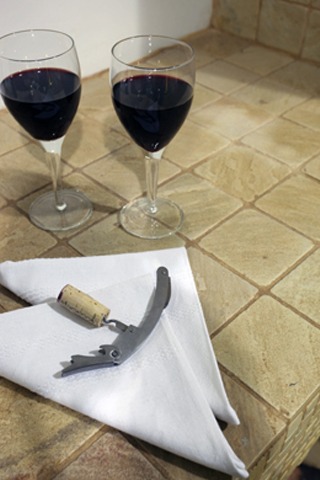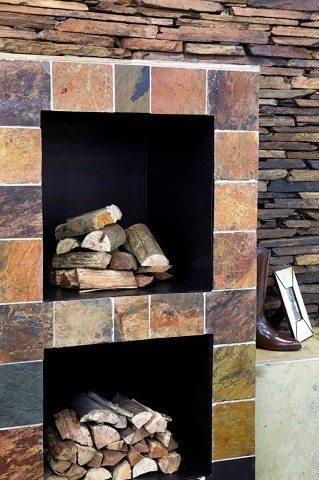Tiling braai areas
Are you building a braai area or upgrading your patio? These tips will help you design and build the right outdoor area for you and your family.


Natural stone tiles are a good choice for the braai area. They can withstand harsh weather conditions and do not fade when exposed to the sun for long periods. These tiles are also able to combat food, oil and beverage spills – if they are treated following their installation, untreated natural stone tiles are prone to staining as they are quite porous.
Aesthetical advantages of natural stone tiles:
- Natural stone products create timeless luxurious leisure spaces.
- Natural stone tiles are a lifetime purchase and may last for many years, if sealed properly.
- These tiles are all unique in appearance and will provide you with a one-of-a-kind floor and wall area thanks to the distinctive colours, patterns and character of the tiles.


Tips for building a braai area:
- The background surface must be firm, clean, dry, and free from dust and contaminants to support tile adhesion onto the substrate.
- Prime your surface to create better adhesion onto the substrate before tiling. If the surface is wood floated, (i.e. a rough finish) priming is not necessary. If surface is steel floated (i.e. a smooth, dense finish) prime with a slurry consisting of 1 part TAL Keycoat mixed with 2 parts tile adhesive powder and apply the slurry solution with a block brush.
- Allow the slurry coat to dry before you install the tiles using TAL Gold Star 6 mixed with TAL Bond. Replacing water with TAL Bond in the mixture enhances the flexibility and heat resistance of your installation.
- The grout between the joints should also be mixed with TAL Bond, instead of water. TAL Bond is a great product for braai areas where temperature changes are expected.
- Depending on the size of area being tiled, tile panel movement joints must be incorporated at 2 meter breaks in both directions, as well as in all internal corners and interfaces.
- The installation should be allowed to dry for a minimum of 7 days before being subjected to use.
The above adhesive system will withstand temperatures up to 65°C – 70°C for prolonged periods